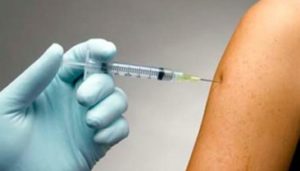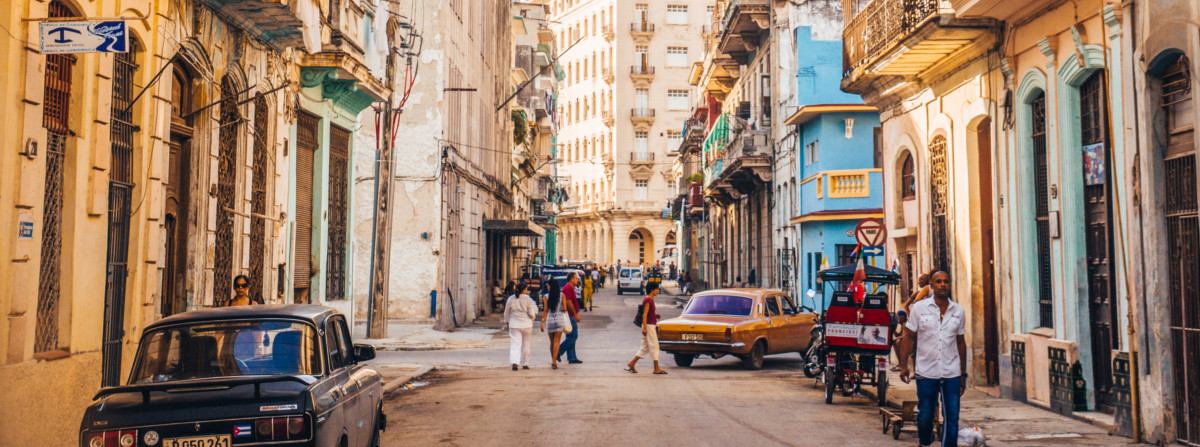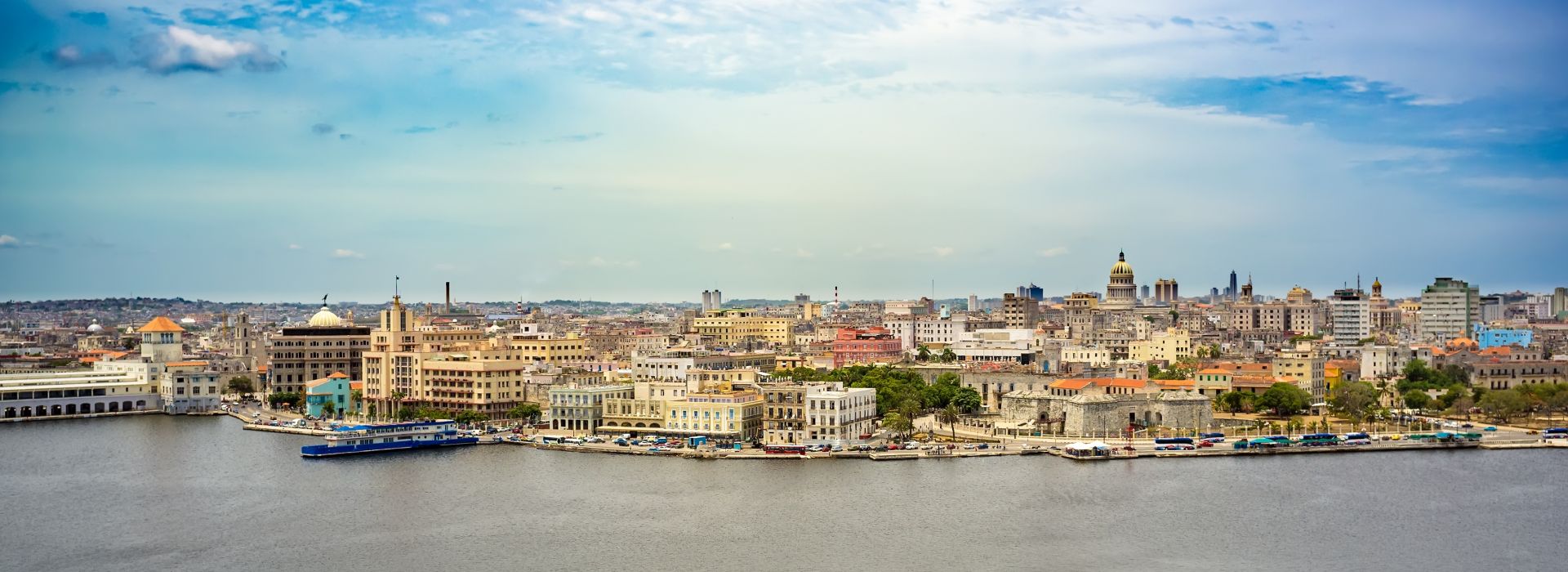LA HISTORIA SOBRE LA VACUNACIÓN EN CUBA comienza hace justamente doscientos años, gracias al genio del ilustre médico don Tomás Romay y Chacón, entre cuyas obras fundamentales se encuentra la introducción y propagación de la vacuna contra la viruela en La Habana.
Con el apoyo del Obispo de La Habana, figura muy adelantada para su época, monseñor Don Juan José Díaz de Espada y Fernández de Landa y de la Sociedad Patriótica o Sociedad Económica de Amigos del País, empezó a practicar la inoculación con el pus de la viruela o variolación, con la cual inmunizó primero a su familia para dar el ejemplo y disminuir el temor popular.
Cuando llegó a Cuba la “Expedición Real de la Vacuna”, comandada por el doctor Francisco Xavier de Balmis, acontecimiento científico sin precedentes y con elevadísimos principios humanos, que se propuso llevar la variolización al nuevo mundo, para inmunizar contra esta terrible enfermedad a los países de la América española y a algunas de las colonias asiáticas, ya el Dr. Romay había iniciado esta técnica en el país.
El 13 de julio de 1804, se estableció en La Habana a propuesta del doctor. Balmis, la Junta Central de Vacunación, de la que se nombró Secretario Facultativo al doctor Romay, quién fue la figura principal de esta institución durante toda su existencia.
Esta Junta Central de Vacunación contó desde su fundación para apoyar su trabajo con Juntas subalternas en Santiago de Cuba, Trinidad, San Felipe y Santiago (Bejucal), Santa María del Rosario, Santa Clara, Santi Spiritus, Puerto Príncipe, San Juan de los Remedios, así como vacunadores en muchos pueblos más pequeños.
Entre sus funciones estaba la de obtener, conservar y aplicar la vacuna, remitir el pus vacunal entre cristales a las distintas poblaciones del país y llevar el control estadístico de toda esta labor. Estas Juntas fueron mantenidas y sus gastos sufragados por la Real Sociedad Económica de Amigos del País durante toda su existencia.
Otra institución que se destacó en el terreno de la vacunación a finales del siglo XIX fue el Laboratorio Histobacteriológico e Instituto Antirrábico de la Crónica Médico Quirúrgica de La Habana, fundado por el doctor Juan Santos Fernández y Hernández el 8 de mayo de 1887 en la antigua Quinta de Toca de su propiedad.
En 1886 el Gobernador General designó una comisión, que integraron los doctores Diego Tamayo Figueredo, Francisco I. Vildásola González y Pedro Albarrán Domínguez, para que estudiaran la vacunación antirrábica con Louis Pasteur en París con vistas a su aplicación posterior en Cuba. La comisión trajo la vacuna y la aplicó por primera vez en la isla en el Laboratorio de la Crónica Médico Quirúrgica el 25 de abril de 1887.
En la primera década del siglo XX se perfeccionó en Cuba la obtención de la vacuna antitífica el doctor Horacio Ferrer, un gran experto del tema, logró convencer al doctor Mario García Lebredo, para que el doctor Alberto Recio comenzara en el Laboratorio Nacional los estudios y la producción de dicha vacuna.
En 1911, el doctor Juan Guiteras, entonces Director Nacional de Sanidad, envió al doctor Recio a los Estados Unidos a estudiar con Russell la vacuna por él preparada. Estos logros culminaron con el inicio, el 9 de febrero de 1912, de una vacunación antitífica en el Ejército Nacional. Ese mismo año, en el Congreso de Higiene celebrado en Washington, se hizo constar que Cuba era el único país de América Latina que había iniciado estos trabajos.
En 1917 el doctor Recio organizó la aplicación en gran escala de la vacunación antitífica en Cuba. Ese mismo año 1917en el que fue nombrado Secretario de Sanidad y Beneficencia, el doctor Fernando Méndez Capote trabajó con dedicación en la vacunación y revacunación de la población.
En 1921 el sanitarista Juan Guiteras Gener, médico de brillante trayectoria en los Estados Unidos y en Cuba, que estuvo en todos los eventos significativos de la higiene y la epidemiología cubana desde los inicios del siglo, intensificó el trabajo sobre vacunación de su predecesor, aunque se vio cesanteado en 1922 por sus discrepancias con el embajador norteamericano. Después de este penoso incidente comenzó el deterioro de la sanidad cubana.
En el edificio del Consejo Nacional de Tuberculosis se produjo un hecho trascendental: el establecimiento del Laboratorio del BCG, que comenzó a funcionar en 1943 con la producción de la vacuna, que se usaba en Cuba desde 1928, aunque no de modo muy difundido. El Consejo decidió utilizarla como estrategia de lucha contra la enfermedad a partir de 1942, con la distribución gratuita de la vacuna.
Con el inicio en 1962 de la primera campaña nacional de vacunación contra la poliomielitis, causante entonces de invalidez y muerte de la niñez cubana, y como resultado del éxito alcanzado, el Gobierno inició un ambicioso programa de inmunización que hoy alcanzan 11 vacunas que protegen contra 13 enfermedades.
Desde entonces y hasta la fecha, los incalculables logros del sistema de salud cubano, han sido reconocidos internacionalmente. Más de la mitad de las vacunas que reciben los cubanos se fabrican en laboratorios nacionales.
 THE IMPLEMENTATION OF THE VACCINATION IN CUBA THROUGH ITS HISTORY.
THE IMPLEMENTATION OF THE VACCINATION IN CUBA THROUGH ITS HISTORY.
THE IMPLEMENTATION OF VACCINATION IN CUBA begins just two hundred years ago, thanks to the genius of the illustrious doctor Don Tomás Romay y Chacón, whose main works include the introduction and spread of the smallpox vaccine in Havana.
With the support of the Bishop of Havana, a figure well advanced for his time, Monsignor Don Juan José Díaz de Espada and Fernández de Landa and the Patriotic Society or Economic Society of Friends of the Country, began to practice inoculation with pus from the smallpox or variolation, with which he first immunized his family to set an example and lessen popular fear.
When the “Royal Vaccine Expedition” arrived in Cuba, commanded by Dr. Francisco Xavier de Balmis, an unprecedented scientific event with very high human principles, which set out to bring variolization to the new world, to immunize against this terrible disease the countries of Spanish America and some of the Asian colonies, Dr. Romay had already started this technique in the country.
On July 13, 1804, he settled in Havana at the proposal of the doctor. Balmis, the Central Vaccination Board, of which Doctor Romay was appointed as the Optional Secretary, who was the main figure of this institution throughout its existence.
This Central Vaccination Board counted from its foundation to support its work with subordinate Boards in Santiago de Cuba, Trinidad, San Felipe and Santiago (Bejucal), Santa María del Rosario, Santa Clara, Santi Spiritus, Puerto Príncipe, San Juan de los Remedios as well as vaccinators in many smaller towns.
Among its functions was to obtain, preserve and apply the vaccine, send the vaccine pus between crystals to the different populations of the country and carry statistical control of all this work. These Boards were maintained and their expenses borne by the Royal Economic Society of Friends of the Country throughout their existence.
Another institution that stood out in the field of vaccination at the end of the 19th century was the Histobacteriological Laboratory and the Anti-Rabies Institute of the Medical-Surgical Chronicle of Havana, founded by Dr. Juan Santos Fernández y Hernández on May 8, 1887 in the old Quinta de Toca of your property.
In 1886 the Governor-General appointed a commission, which included doctors Diego Tamayo Figueredo, Francisco I. Vildásola González and Pedro Albarrán Domínguez, to study rabies vaccination with Louis Pasteur in Paris with a view to its subsequent application in Cuba. The commission brought the vaccine and applied it for the first time on the island in the Laboratory of the Surgical Medical Chronicle on April 25, 1887.
In the first decade of the twentieth century, Dr. Horacio Ferrer, a great expert on the subject, was perfected in Cuba to obtain the anti-typhoid vaccine. He managed to convince Dr. Mario García Lebredo, so that Dr. Alberto Recio could begin studies and the production of said vaccine.
In 1911, Dr. Juan Guiteras, then National Director of Health, sent Dr. Recio to the United States to study with Russell the vaccine he had prepared. These achievements culminated with the initiation, on February 9, 1912, of vaccination against typhus in the National Army. That same year, at the Hygiene Congress held in Washington, it was stated that Cuba was the only country in Latin America that had begun these works.
In 1917, Dr. Recio organized the large-scale application of antitypical vaccination in Cuba. That same year, 1917, in which he was appointed Secretary of Health and Charity, Dr. Fernando Méndez Capote worked with dedication in the vaccination and revaccination of the population.
In 1921 the sanitary specialist Juan Guiteras Gener, a doctor with a brilliant career in the United States and in Cuba, who was in all the significant events in Cuban hygiene and epidemiology since the beginning of the century, intensified the work on vaccination of his predecessor, although he was dismissed in 1922 due to his discrepancies with the American ambassador. After this painful incident, the deterioration of Cuban health began.
In the building of the National Tuberculosis Council, a transcendental event took place: the establishment of the BCG Laboratory, which began operating in 1943 with the production of the vaccine, which had been used in Cuba since 1928, although not in a very widespread way. The Council decided to use it as a strategy to fight the disease from 1942, with the vaccine being distributed free of charge.
With the start in 1962 of the first national vaccination campaign against polio, then causing disability and death of Cuban children, and as a result of the success achieved, the Government launched an ambitious immunization program that today reaches 11 vaccines that protect against 13 diseases.
Since then and to date, the incalculable achievements of the Cuban health system have been internationally recognized. More than half of the vaccines that Cubans receive are manufactured in national laboratories.
Agencies/ RHC/ Maria Calvo/ Extractos/ Excerpts/ Internet PHotos/ Arnoldo Varona/ www.TheCubanHistory.com
THE CUBAN HISTORY, HOLLYWOOD.



 LA APLICACIÓN de la Vacunación en Cuba a Través de su Historia.
LA APLICACIÓN de la Vacunación en Cuba a Través de su Historia.








